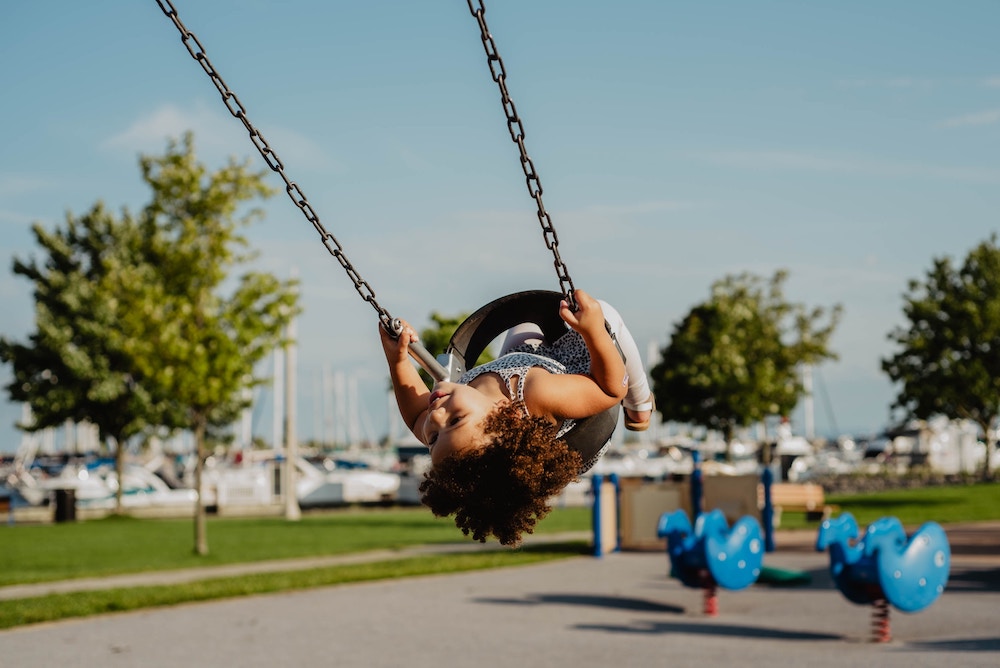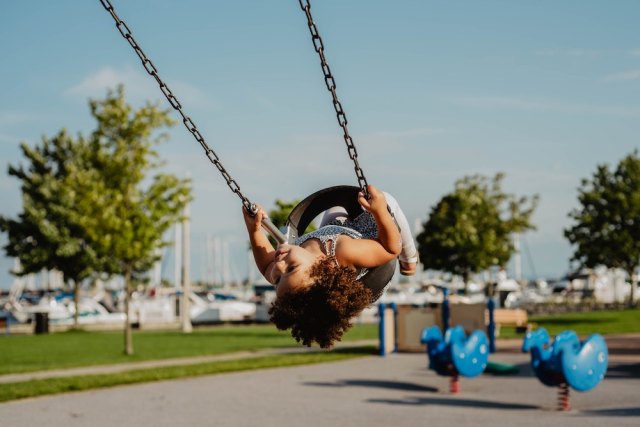It’s a digital world, and our newfound interconnectedness has opened up new possibilities for gaming and even gambling online. Today, it’s possible to win millions of dollars playing in video game tournaments or in online poker. For the vast majority of gamers, however, gaming is simply a hobby—but a hobby that can take up a lot of time.
Estimates from the Entertainment Software Association show that about 164 million adults in the United States play games. While some hobby gamers only log on a couple of hours a week, others spend several hours a day playing their favorite games. As life goes on, many hard-core amateur gamers are forced to wrestle with balancing their favorite hobby with adulting, especially when parenting enters the picture.
If you’re a new or soon-to-be parent, it’s important to think about how to balance your game time while taking care of your baby. Here’s what you need to know about video gaming and managing your daily responsibilities.
Set Good Examples: Video games are often demonized in the media as making kids more violent or hindering their ability to succeed in school and in life. While it’s true that anything in excess can be harmful, the surprising truth is that a mere 30% of gamers are under the age of 18.
Most people who play video games are adults. Still, it’s important to set a good example for your child and limit the amount of time you spend playing video games. Even very young children are sponges for information, and they’ll learn their habits and set their expectations of the world based on your behavior.
With that in mind, remember to “eat your vegetables” and prioritize other responsibilities. You don’t have to cut out gaming entirely—it’s all about finding balance.
Establish Boundaries: As a parent, you need to establish firm boundaries for your kids and enforce them. If you’re struggling to manage your parental duties with playing games, then you may need to set some boundaries for yourself to ensure that you’re not neglecting time with your child or partner.
The first thing to do is discuss the issue with your partner or co-parent. Setting these expectations will help keep you on track and prevent resentment from coming up later. You should discuss when, where, and for how long you’ll be able to play video games. Maybe that means a set number of hours per week you can play per day or times of the day that are off-limits due to family time.
Setting these boundaries for yourself can be difficult, which is why it can be helpful to get some external accountability. Always remember why you’re taking these steps—to be there for your family.
Strike a Balance Between Game Time and Baby Time: At this point, we all know that too much “screen time” isn’t good for kids. Very young children under the age of 18 months shouldn’t be given any screen time at all, and toddlers shouldn’t have more than an hour or so per day. As children grow, their screen time should be adjusted based on their maturity, responsibilities, and other factors.
As an adult, you’re in charge of your own screen time. But you should be conscious of the consequences of too much screen time and make an effort to balance your gaming with your parental duties. While everyone’s lifestyle is different, experts recommend keeping gaming to two hours or less per day. Your child comes first, and it’s important to put their needs ahead of your gaming.
Change Your Lifestyle: Soon-to-be parents have a lot to think about when preparing to bring a new bundle of joy into the world. It’s a huge adjustment that involves many sacrifices and lifestyle changes during the child’s early years. As kids grow and become more independent, parents can take more time for themselves once again.
How will your gaming affect your parenting? That’s not very clear yet. The jury’s still out on the effects that a generation of gaming will have on parenting outcomes. In the meantime, though, it’s important to remember what’s important—your family.
Gaming can be a great stress-reliever, but it can also take up a lot of time and distract you from caring for your new baby. When you have a newborn, you may need to cut way back on your gaming. As your kids get older, though, you may be able to spend time with them by teaching them your favorite games. It’s all about finding the balance that works for your family.
Sarah Daren has been a consultant for startups in industries including health and wellness, wearable technology, and education. She implements her health knowledge into every aspect of her life, including her position as a yoga instructor and raising her children. Sarah enjoys watching baseball and reading on the beach.














